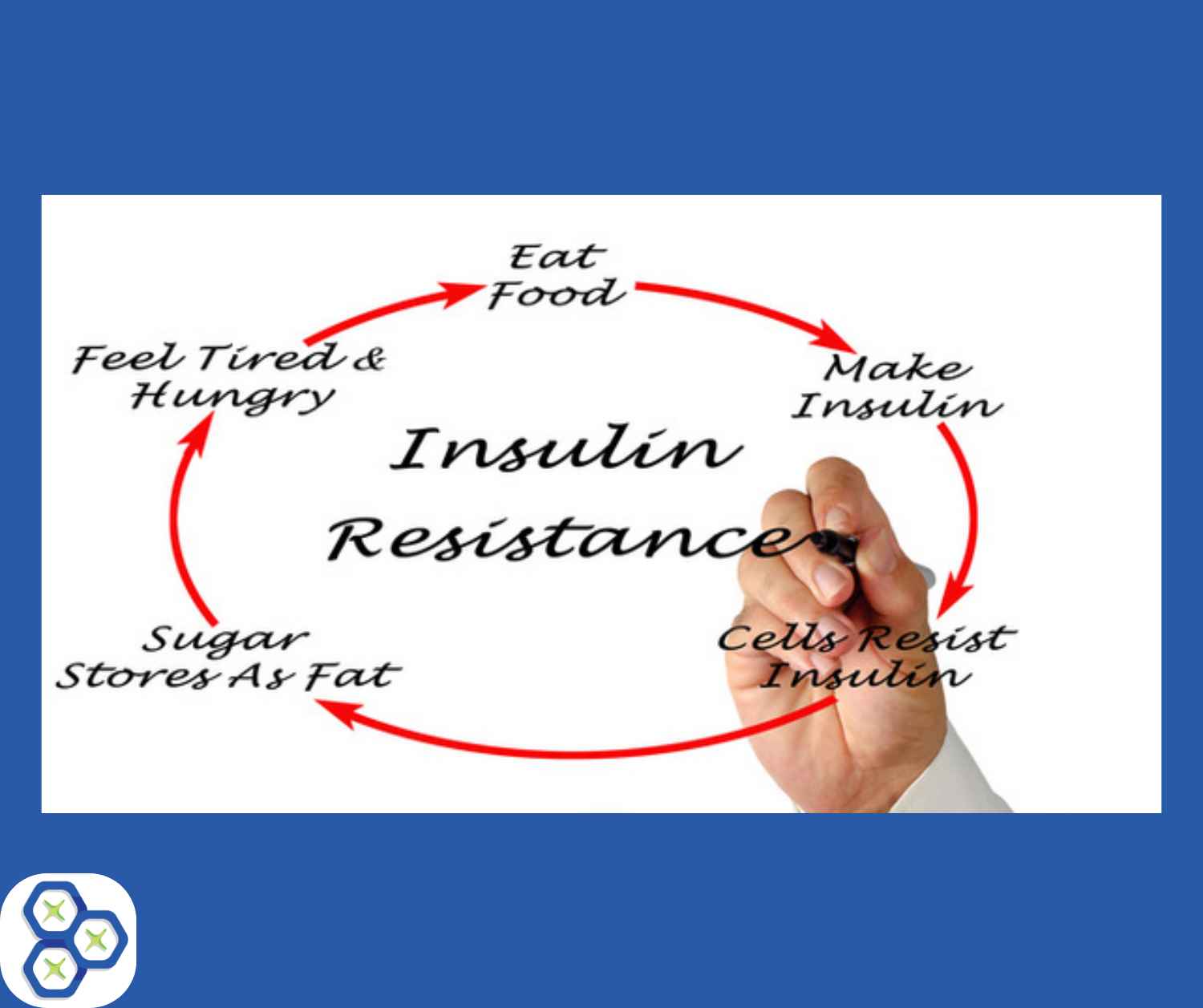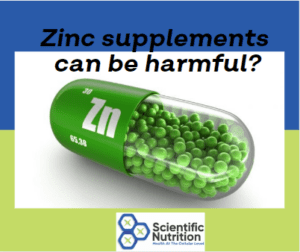What can Hair Mineral Analysis show you about your Magnesium level?
Your level of Magnesium elimination effectively from your body can reveal if you have adequate enough amount for the thousands of functions it is responsible for doing daily. The ratio between your Calcium and Magnesium is where you can find true cellular levels of glucose in storage.
Magnesium is one of the keys to avoiding insulin resistance and diabetes.
When you lose excessive amounts of Magnesium through urination, you are not able to absorb it properly, or not eat enough in your diet you can develop Hypomagnesaemia. High levels of insulin push Magnesium out of the kidneys and into the urine, depleting the cells that are your savings account of your body. When the blood needs Magnesium to calm your body or decrease inflammation in muscles, there is none left in the cell to spare.
When you eat a meal, your blood glucose (sugar) will rise triggering your pancreas to release insulin to move the glucose from your blood into the cells for fuel. When the blood sugar is elevated over an extended period, it will cause excessive insulin secretion. The flood causes our insulin cell receptors to STOP responding. Think of feeding a baby that is too full and turning away excess food. This results in diabetes over time.
Although the pancreas keeps pumping more insulin, the receptors ignore it, resulting in diabetes or high blood sugar. The exhausted pancreas keeps making insulin because the glucose is not depleting in the blood thus wearing it out. The insulin receptors, like catchers’ mitts, pull insulin into the cell to process the glucose through approximately 40 different functions to make energy. These insulin receptors need Magnesium to function (grab the insulin) and respond (identify it).
How minerals affect insulin resistance and diabetes
In 2015 The Journal of Diabetes Metabolism studied 116 people from ages 30–65 with pre-diabetes and low Magnesium. They gave them 382 mg of Magnesium for 4 months. What did they find?
- An 11.6% reduction in fasting glucose
- A 30.5% reduction in insulin resistance
- An 8.8% reduction in post-meal glucose level
- A 26.7% decrease in triglycerides
Those with insulin resistance from ages 45–59 were shown to significantly lower the following by taking 160 mcg of Chromium and 200 mg of Magnesium daily:
- Fasting blood glucose
- Fasting insulin
- GSK-3ß (a glycogen enzyme linked to bipolar disorder)
- Insulin resistance index (measuring decreased sensitivity)
- They also had a 2–9 fold increase in GLUT4 (a protein that transports glucose)
Did you know there is a link to pancreatic cancer?
Another negative factor of insulin resistance is a higher risk of pancreatic cancer. Close to 80% of people suffering from this type of cancer have glucose intolerance or diabetes. In fact, according to the British Journal of Cancer in 2015, within 3 years of a person being diagnosed with Type II diabetes, there is a 4 to 7-fold risk of developing pancreatic cancer.
A majority of people are deficient now due to the erosion of our minerals in the soil, processed food, and stress using it within the body. For every 100 mg drop in Magnesium, the risk of developing pancreatic cancer by 24%!
What is the recommended amount of Magnesium daily?
The Recommended Daily Allowance (RDA) is based on a healthy, athletic, middle-aged person with no diagnosed illness, and not overweight. For most, it is well below what they need for daily functions and to rebuild cellular stores for backup. So let’s take a closer look at the effects of lower levels of Magnesium.
- If you take only 75–99% of the 420 mg for men or 320 mg for women, your risk is 42% higher for pancreatic cancer than those taking the RDA or more.
- If you take less than 75% of the RDA, your risk is 76% higher than those taking the RDA or higher amounts.
Low levels of Magnesium can affect your weight!
It is a cycle of eating food for energy → Your body makes the insulin → Your cell receptors resist the insulin because they are full → The unused glucose/carbs are stored as fat → You feel hungry and tired creating the craving to eat more!
Hair Analysis and Magnesium
The best action you can take is to know exactly where you are at with the Hair Analysis. You will know how much is in storage and what you need to correct a magnesium imbalance. Simply taking a supplement may remove your bone so guessing should never be an option.
I have had many clients with Type II or insulin resistance make the necessary dietary and supplement changes to correct their issues. Being on the right supplement program for your biochemistry is important to fill nutritional gaps. Knowing what you need with the use of a Hair Mineral Analysis is the key to correcting the issues.
LET’S CHAT about your health goals so you can achieve your best quality of health now!
Copyright Scientific Nutrition, LLC 2021




